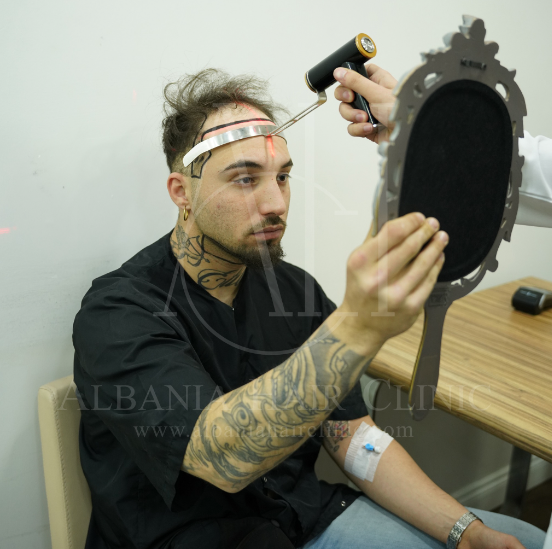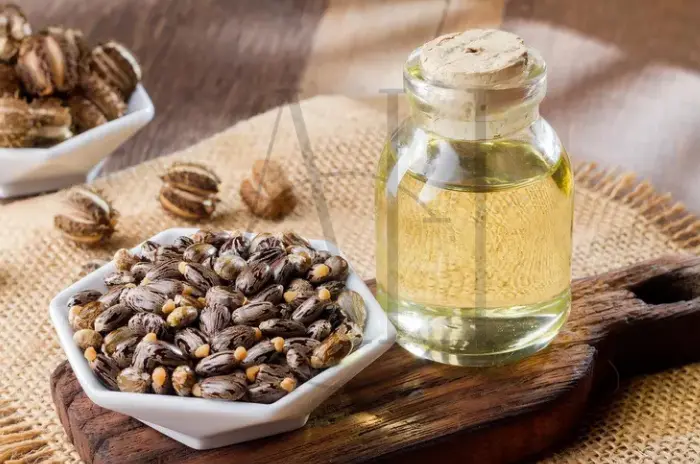When you undergo a hair transplant, most of the focus is on the new hairline or the area where hair is implanted. However, the donor area—the part of your scalp where the hair is taken from—is just as important. Taking proper care of this area will affect healing, comfort, and overall results. In this guide, we will explore everything you need to know about donor area recovery after a hair transplant, including healing stages, common concerns, and expert aftercare tips. A healthy and well-maintained donor site is key to a natural-looking hair restoration.
Table of Contents
ToggleWhat is the Donor Area?
Definition and Function
The donor area is usually the back or sides of your scalp. These areas have permanent hair, which makes them ideal for transplantation. Hair follicles are taken from here and moved to thinning or bald areas. This zone is genetically resistant to balding, which ensures lasting results from the transplanted follicles.
Why It Matters
A healthy donor area ensures good-quality grafts and reduces the chance of visible scars. Proper recovery helps maintain the look and density of your existing hair. Understanding its role is essential for long-term satisfaction after your procedure.
Can You Lose Hair In Your Donor Area?
Shock Loss or Damage
Some temporary hair loss can occur in the donor area after surgery. This is called shock loss and usually resolves on its own. Permanent loss is rare if the procedure is done correctly. Keeping stress and trauma to a minimum during healing helps avoid complications.
Overharvesting Risks
If too many grafts are taken or if the surgeon lacks experience, overharvesting can cause visible thinning. That’s why clinic choice is very important. A reputable surgeon will assess your donor density before deciding how many grafts can be safely removed.
What Constitutes a “Good” Donor Area and “Healthy” Hair Follicles?
Characteristics of a Good Donor Area
-
Thick hair shafts
-
Strong hair roots
-
No signs of scarring or thinning These qualities make the donor area ideal for producing high-yield, long-lasting grafts for hair transplantation.
Evaluating Hair Follicle Quality
Healthy follicles are key for successful results. A consultation will include a scalp analysis to determine follicle strength and availability. Follicles that are healthy and not miniaturized have the best chance of long-term survival and growth.
Can Beard and Body Hair Be a Part of the Donor Area?
Expanding the Donor Pool
Yes, beard and chest hair can be used if scalp hair is limited. These are common in body hair transplants (BHT). They offer an alternative source of grafts when the scalp donor area is insufficient.
Considerations
Body hair grows differently and may not match scalp hair perfectly. Still, they can be useful for filling gaps or adding density. Surgeons often blend body hair in less noticeable zones to enhance fullness.
Albania Hair Clinic – Trapianto Capelli in Albania (@albaniahairclinic)’in paylaştığı bir gönderi
Hair Transplant Donor Area: FUE vs. FUT
FUE (Follicular Unit Extraction)
In FUE, individual grafts are taken using small punches. This leaves tiny dot scars and has a faster healing time. It’s ideal for those wanting short hairstyles post-surgery.
FUT (Follicular Unit Transplantation)
FUT involves removing a strip of scalp, which is then closed with stitches. It leaves a linear scar and requires more recovery time. However, it may allow for more grafts in one session.
What is the Safe Donor Area?
Permanent Hair Zone
The safe donor area is the zone that is genetically resistant to hair loss. It usually covers the lower part of the back and sides of the head. It ensures that transplanted hair will not fall out later.
Why It’s Important
Harvesting outside the safe zone can result in future thinning and poor transplant results. Staying within this area ensures more predictable and lasting outcomes.
What Happens to the Donor Area After a Hair Transplant?
Immediate Effects
After surgery, the donor area may be red, sore, and swollen. Small scabs form where follicles were removed. This is part of the normal healing response and should subside in a few days.
First Few Days
Mild pain or itching is normal. Swelling goes down after 3–4 days. Scabs usually fall off within 7–10 days. Cleanliness and gentle care during this period can prevent infection and speed healing.
How Surgical Experience Reduces the Risk of Donor Area Complications
Skilled Hands Make a Difference
An experienced surgeon knows how many grafts to take and from where. This helps avoid visible thinning and scarring. Experience also ensures correct extraction angles and depth.
Better Healing
Proper technique means less trauma to the scalp, faster healing, and better long-term results. The right tools and training reduce the chance of complications or prolonged redness.
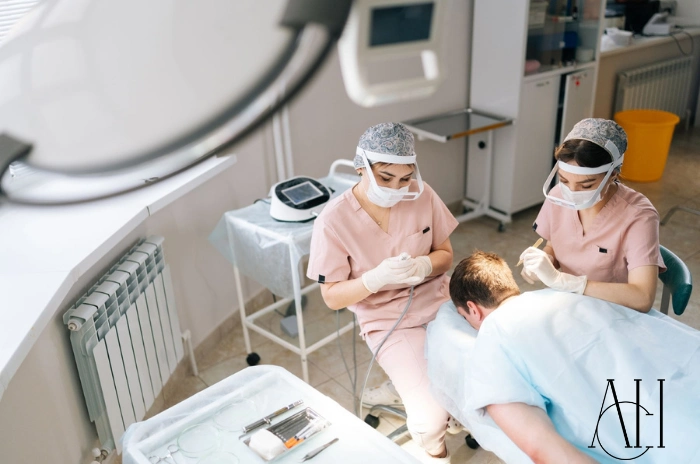
Caring for the Donor Area After a Hair Transplant
First Week Tips
-
Use only the shampoo given by your clinic
-
Avoid rubbing or scratching
-
Sleep with your head elevated These steps reduce swelling and protect your scalp as it begins to heal.
Long-Term Care
Keep the area moisturized, avoid harsh products, and limit sun exposure. Your clinic may suggest healing creams or sprays. Hydration and proper rest also support healing.
Hair Regrowth at Hair Transplant Donor Sites
What to Expect
The hair around the extraction sites usually grows back within a few weeks. The tiny scars from FUE are often hidden by surrounding hair. Hair regrowth helps the area return to a normal appearance quickly.
FUT and Regrowth
With FUT, hair around the scar grows back, but the scar line may remain visible depending on your hairstyle. Long hairstyles often conceal linear scarring well.
Hair Transplant Techniques and Donor Follicle Regrowth
Understanding Regrowth
The hair that is taken will not grow back, but hair in untreated donor areas will continue to grow normally. Strategic extraction ensures these areas remain dense.
Density Management
A good surgeon spreads out the extraction to avoid visible gaps and ensure your donor area looks natural. Planning and mapping are crucial for even results.
How to Help the Donor Hair Transplant Site Heal
Keep It Clean
Use gentle, lukewarm water to wash the donor area. Pat dry with a soft towel. Avoid direct water pressure during the first week.
Follow Medical Advice
Take all medications and apply creams as prescribed. Avoid alcohol, smoking, and heavy physical activity. These can delay healing and increase the risk of infection.
How We Help Ensure Full Donor Hair Regrowth
Customized Aftercare Plans
Top hair transplant clinics provide personalized aftercare programs tailored to your hair type and healing speed. Regular check-ins allow early detection of any issues and adjustment of care protocols for optimal regrowth.
Supplements and Nutrition
A healthy diet rich in vitamins like biotin, zinc, and iron supports tissue repair and hair follicle health. Some clinics also recommend supplements to strengthen hair regrowth from the surrounding donor area.
How Does Donor Area After Hair Transplant Heal?
Healing Timeline
-
Days 1–3: Redness and sensitivity in the donor zone
-
Days 4–7: Formation of light scabs and crusts
-
Weeks 2–3: Scabs fall off and scalp begins to look normal
-
Month 1: Hair starts to regrow and redness usually fades
Final Results
Most people see complete healing by 4–6 weeks, with ongoing hair regrowth in untreated donor regions continuing for several months.
Does Hair Grow Back In the Donor Area After a Hair Transplant?
Growth Around, Not From Extracted Follicles
Hair follicles taken during surgery do not grow back, but the hair surrounding the area often grows and helps camouflage the donor zone.
Visual Recovery
Thanks to strategic graft harvesting, hair density remains balanced, and scars become nearly invisible—especially with FUE technique.

How To Heal The Donor Area After A Hair Transplant?
Key Practices
-
Avoid scratching, especially during scab formation
-
Stay hydrated and eat nutritious food to speed recovery
-
Follow every post-op instruction provided by your clinic
Supportive Treatments
Some clinics offer red light therapy or topical solutions to reduce inflammation and improve skin healing.
How Long Will It Take For The Hair Transplant Donor Area To Heal?
Standard Healing Duration
Typically, the donor area looks fully healed after 2–4 weeks. Individual healing times may vary depending on the surgical method, skin type, and personal health.
Patience Brings Best Results
Healing is gradual. Be consistent with care and avoid rushing into physical activity or tight haircuts.
Pain in the Donor Area After Hair Transplant
Mild and Manageable
Pain, if any, is usually mild and subsides within a few days. Over-the-counter or prescribed pain relievers help manage discomfort.
When to Worry
If pain becomes sharp, prolonged, or is accompanied by swelling or discharge, consult your clinic immediately.
Donor Area Recovery After Hair Transplant
Recovery Routine
Use cold compresses to reduce swelling, sleep with your head elevated, and avoid exercise for the first week. These simple steps help your donor area recover quickly and safely.
Doctor’s Guidance
Attend all follow-up appointments and inform your surgeon of any unusual sensations or concerns.
The Donor Area After a Month
One Month Progress
After one month, redness fades and short regrowth becomes noticeable. Most scarring has softened and blends well with existing hair.
Return to Normal
By this stage, many patients resume styling, mild exercise, and social activities without discomfort.
Donor Area Healing After a Hair Transplant
Clear Signs of Healing
You’ll know the donor area is healing when redness disappears, scabs are gone, and there’s no lingering pain or itch.
Enhancing Recovery
Continue using clinic-recommended shampoos and topical care products until advised to switch.
Cutting Your Hair After Your Donor Area Has Healed
When It’s Safe
Wait at least 3–4 weeks before getting a haircut. Use scissors, not clippers, for the first cut to avoid scalp trauma.
Professional Haircuts Recommended
Choose an experienced barber who understands your healing process and can trim carefully.
Redness in Your Donor Area After a Hair Transplant
What’s Normal
Redness is common and can last 1–3 weeks. People with sensitive or light skin may notice it longer.
How to Soothe It
Use clinic-recommended soothing gels or creams, and avoid heat, sun exposure, and harsh products during recovery.
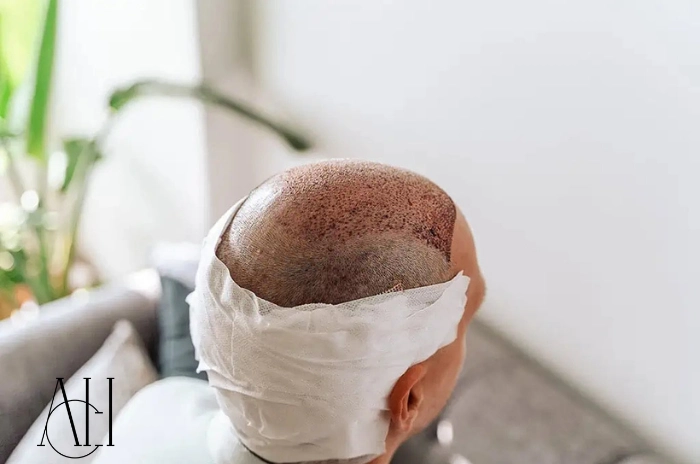
Donor Area Scars After a Hair Transplant
Small and Fading
FUE leaves tiny dot scars that are barely visible, especially under short or medium-length hair.
Scar Care
Scar visibility may reduce with time, especially when treated with gentle massage, vitamin E, or laser therapy if needed.
Where Can Donor Hair Be Obtained?
Multiple Sources
Besides the scalp, donor hair can come from the beard, chest, and other body areas if suitable for transplantation.
Best Practices
Surgeons evaluate donor site compatibility carefully to ensure aesthetic harmony and optimal regrowth.
Does Removing the Grafts Leave Scars in the Donor Area?
Yes, But Minimal
Scars from FUE are small dots, often unnoticeable. FUT leaves a linear scar that is hidden by hair and heals well with good care.
Preventing Scar Buildup
Avoid scratching and keep the area moisturized to help scars fade effectively.
How Long Does It Take for the Donor Site to Heal?
Average Recovery Time
Healing usually takes 10–30 days. FUE tends to heal faster than FUT, but both require attention and patience.
Listen to Your Body
Everyone heals at their own pace. Track your progress and contact your clinic if something doesn’t feel right.
Does The Hair Taken From The Donor Area Grow Back?
No Regrowth at Extraction Points
Once a follicle is removed, it won’t regrow at that exact location. However, surrounding hairs fill in and cover the area well.
Long-Term Appearance
Skilled extraction ensures your donor zone looks full, healthy, and undisturbed in the long term.
Proper Care of the Donor Area After Hair Transplant Surgery
Daily Habits That Help
-
Wash gently with lukewarm water
-
Avoid sweating or heat for the first week
-
Use only doctor-approved products
Long-Term Benefits
Consistent care minimizes scarring, reduces redness, and helps maintain a healthy donor area.
Hair Transplant Surgery and the Donor Area
Two Halves of Success
A hair transplant’s success depends not just on the recipient area, but also on how well the donor area is preserved and healed.
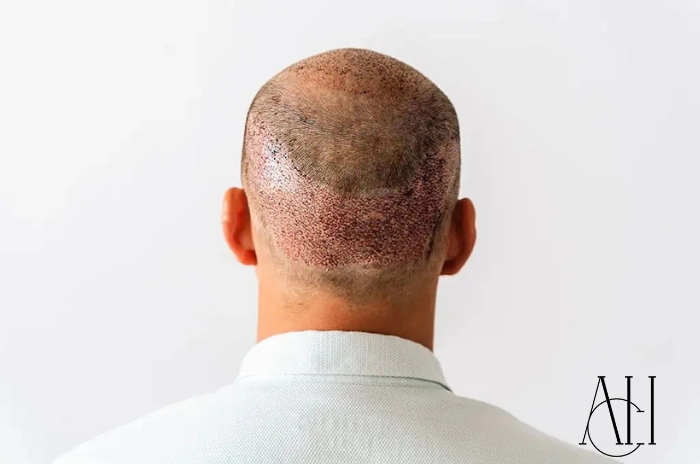
How is Donor Hair Extracted During a Hair Transplant Procedure?
The FUE Process
FUE uses a micromotor to extract individual follicles, which are later implanted in the thinning area. It’s precise and leaves fewer marks.
The FUT Method
A strip of scalp is surgically removed and dissected into grafts. This method is efficient for high graft counts but takes longer to heal.
What Will My Donor Area Look Like After Hair Transplant Surgery?
Short-Term Appearance
Redness, mild swelling, and scabbing are normal. They fade within the first two weeks with proper care.
Long-Term Look
Once healed, the area looks natural and blends well with the rest of your hair—especially when extraction is done evenly.
Does Hair on the Donor Area Grow Back After a Hair Transplant?
Yes—In Unharvested Areas
Hair continues to grow in areas where follicles were not removed. With strategic extraction, even the donor zone looks undisturbed.
A successful hair transplant doesn’t just rely on great results in the recipient area—it also depends on a healthy, well-cared-for donor site. By understanding the healing process and giving your donor area the attention it needs, you can ensure both a beautiful result and long-lasting satisfaction.
Frequently Asked Questions
How long does it take for the donor area to fully heal after a hair transplant?
Most people heal in 2 to 4 weeks, but full recovery can take a bit longer depending on the method (FUE or FUT) and your skin type.
Does the hair grow back in the donor area after a transplant?
Hair from the exact extraction points does not grow back, but nearby hair grows normally and can cover the area well.
Will the donor area have scars after the procedure?
Yes, but FUE leaves very small dot scars that are hard to see, while FUT leaves a thin line scar that can be hidden by longer hair.
How should I care for my donor area after the surgery?
Wash gently with lukewarm water, avoid scratching, follow your clinic’s advice, and use only approved healing products.
What are the signs of a healthy donor area recovery?
Less redness, no pain, scabs falling off naturally, and hair starting to regrow around the extraction sites are all good signs.

